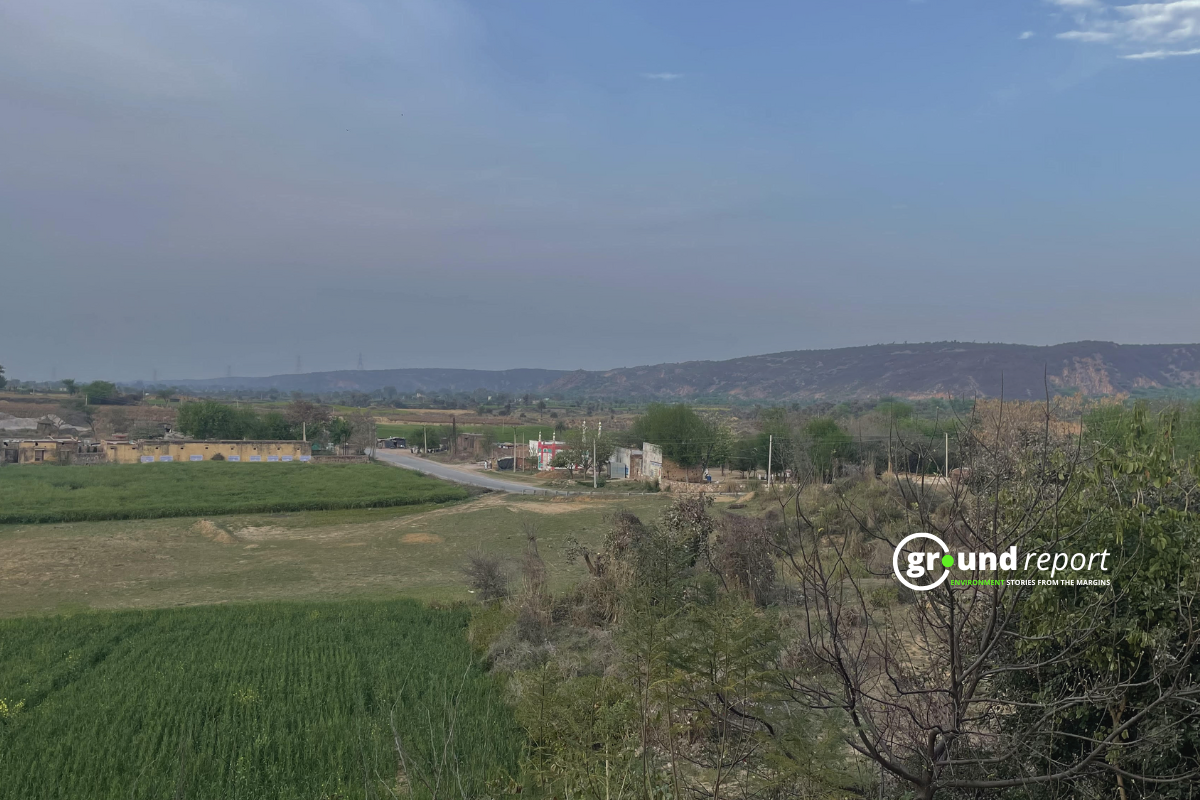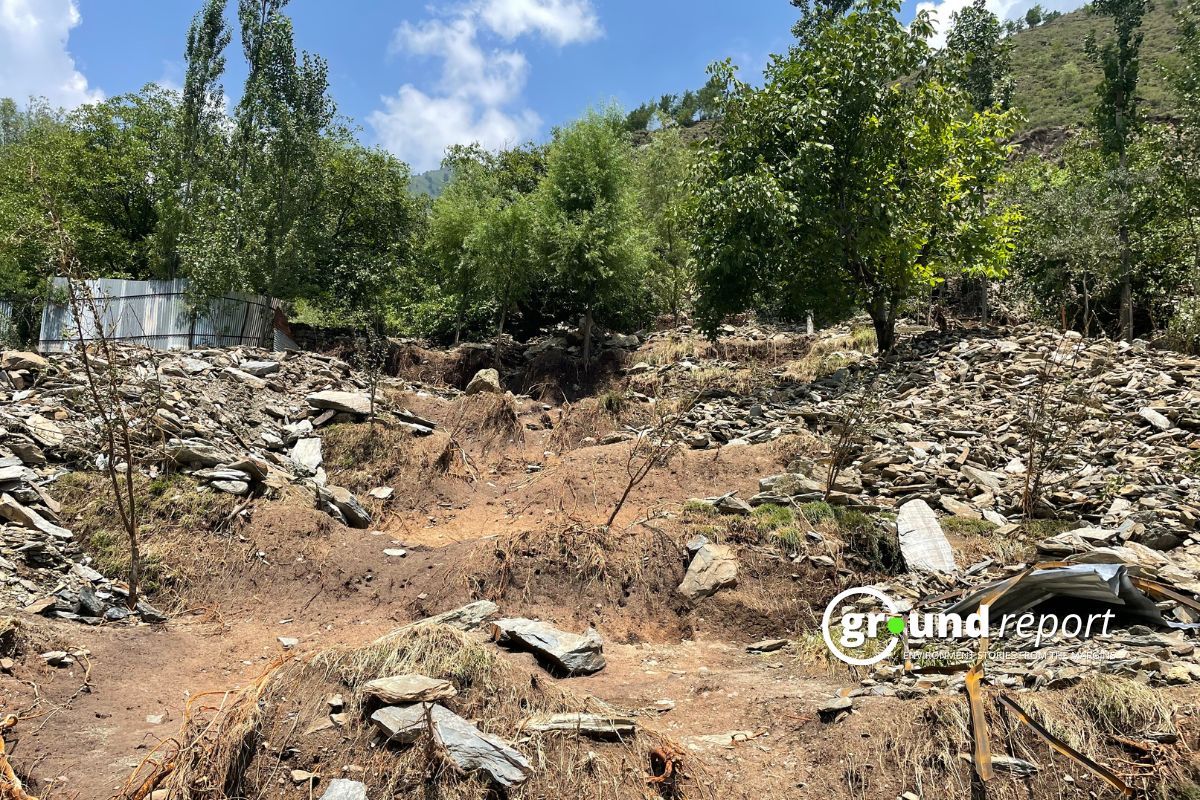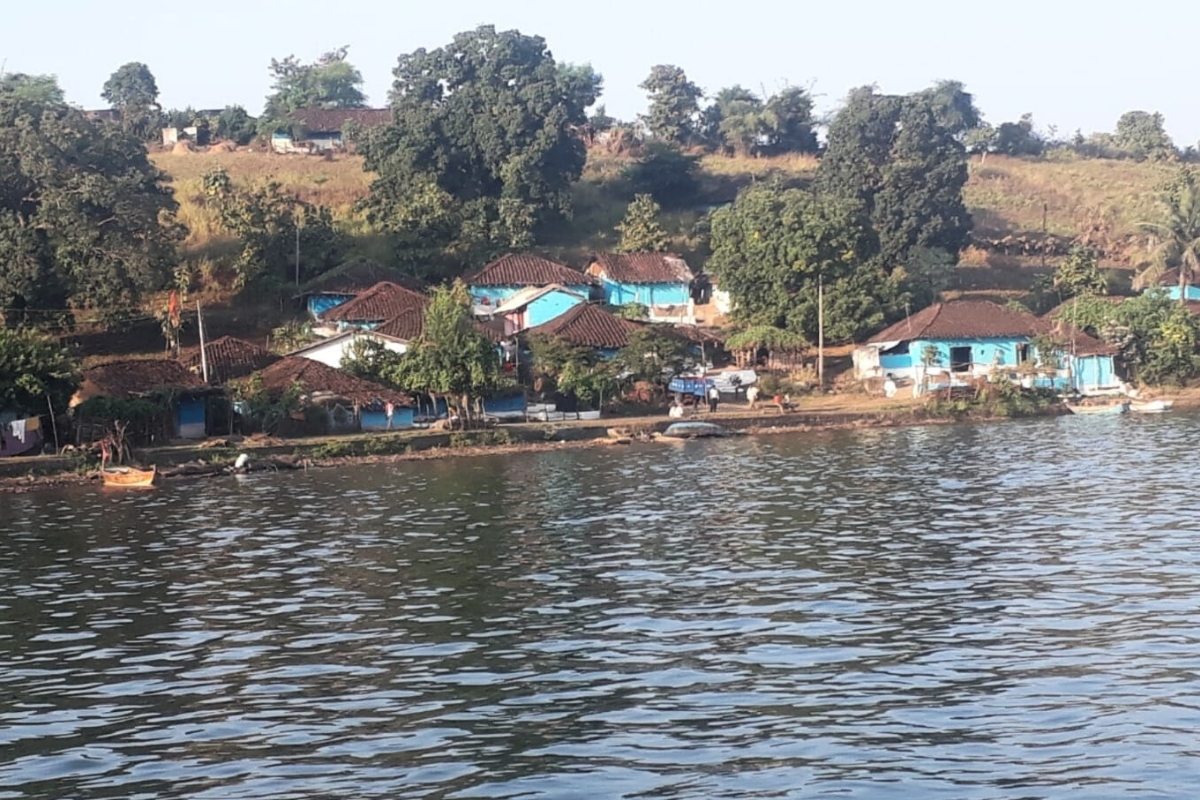On August 4th, 2024, Abdul Majid Bhat, a local farmer of Kawacharwan, voice trembles as he recounts the terrifying ordeal. His eyes were distant as if reliving the moment when nature’s fury swept away everything he held dear. “The rain was relentless, and within moments, my entire crop, my livelihood, was gone. Our paddy fields, ready for harvest, were swept away in the landslide.”
On August 4th at midnight, a cloudburst hit 13 kilometres from the Hydro Power canal in Kawacharwan village, causing landslides and flash floods that impacted Padabal, Kawacharwan, and Cherwan. Houses, paddy fields, and orchards were severely damaged, leaving the community in despair.
Abdul Majid, with tears in his eyes, said, “Water came from above since 1 a.m.,” he says, gesturing to the muddy expanse that was once his paddy field. “Clean water at first, then debris. Our crops, livelihood, it’s all gone. About 200 people here have lost everything.”
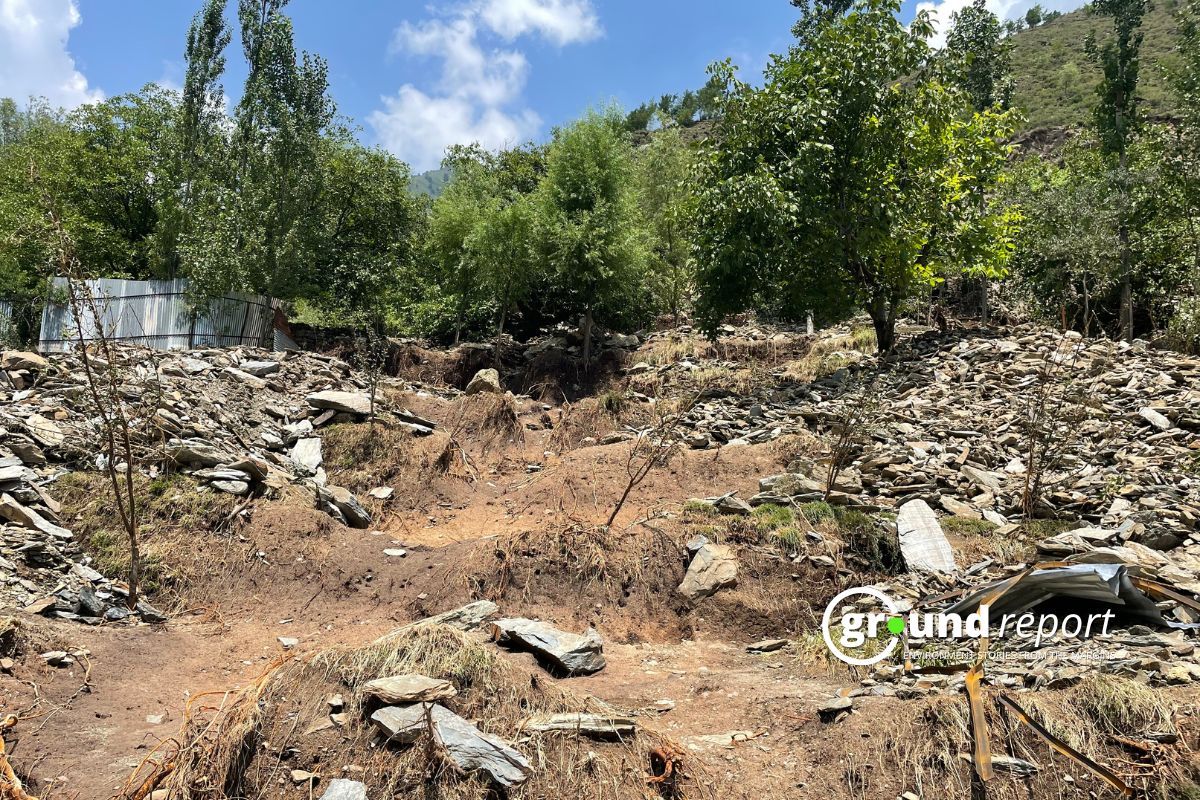
The Upper Sindh Hydro Power House (USHP) Stage II canal in Kawcharwan village, nearly 2 kilometres from Padabal, overflowed, turning into a torrent of mud and debris. The water destroyed the mountainside, heading for the unsuspecting villages below and damaging the agricultural area in Kawacharwan village and the land of Cherwan, Padabal, and Kawacharwan.
Cloudburst devastates Kashmir villages’ agriculture
Abdul Majid and his family fought for their lives as panic and desperation unfolded. He says, “I opened the gate, and the whole mountain seemed to rise by 20-30 feet. Mountains of water and debris were coming down. We got scared, thinking there was no hope.”
At dawn on August 5th, the damage became apparent. The agricultural sector in the region has suffered significant losses, with standing crops severely damaged due to torrential rains. A resident of Kawacherwan Abdul Rashid Magray’s voice cracked as he described the scene.
“The water was flowing from a very high height, at least 40-50 feet above, with great force. Our gate was destroyed, blocking our way out… How will we get a ration? How will we send our children to school? The soldiers helped us, but no one else has come to our aid.”
The cloudburst and landslide ravaged nearly 100 kanals (nearly 12.5 acres) of agricultural land. Paddy fields, ready for harvest, were unrecognizable. Maize crops, standing tall just a day before, lay flattened and rotting. The vegetable gardens were buried under mud and rock.
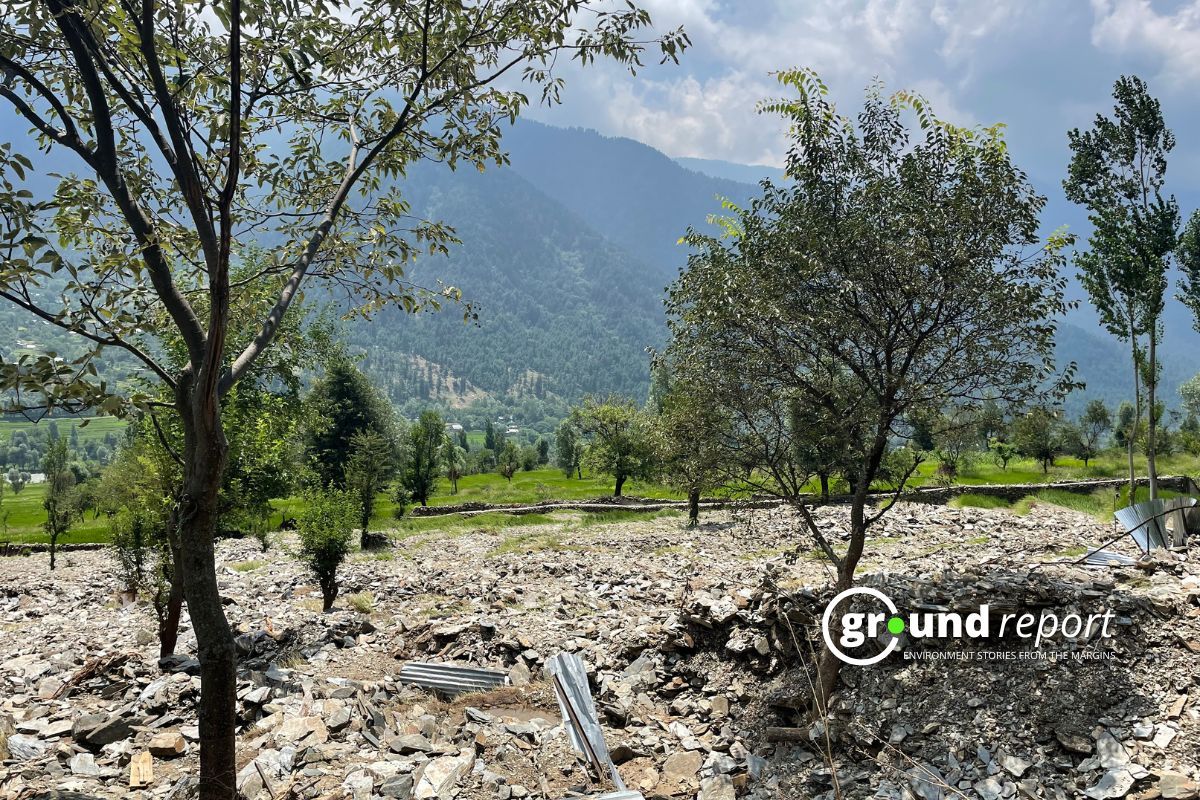
Chowdhury Mohammad Iqbal, Director of Agriculture for Kashmir, arrived to assess the damage. Speaking to Ground Report, he said,
“The impact on agriculture is severe,” he admits, “We’re facing a complete loss of the Kharif season crops for many farmers. The Department of Agriculture issued instructions for a detailed survey from the cloudburst site to its tail end.”
The director explains the exponential damage,
“When big catchments get corrupted, the flow starts, increasing geometrically and accumulating debris. Crops, tea plantations, and kitchen gardens have been extensively damaged.”
Iqbal outlines the challenges faced by the agricultural sector, “We already see the impact of climate change. This area has centuries-old debris and limited vegetation. The Agriculture Department treated some catchments, which helped, but the central drain was never properly managed.”
The cloudburst has deeply affected the community. Families are displaced, and agriculture and orchards are damaged. The road to the main town is treacherous, further isolating the village. The lack of electricity and clean water adds to the misery, with fears of disease outbreaks growing. “There’s no electricity, no water,” Majid says. “The transformers are gone. If someone falls sick at night, how will we get help?”
Cloudburst causes erosion, crop loss, infrastructure damage
A cloudburst in an agricultural area can have severe long-term impacts on agriculture, including soil erosion, crop loss, and infrastructure damage. A Union Territory of Jammu and Kashmir’s agriculture expert told Ground Report, “The long-term impacts of cloudbursts on agriculture are profound, often leading to decreased crop yields and increased vulnerability to future climate events.”
Following a cloudburst, intense rainfall can lead to excessive runoff, which washes away the topsoil, leading to reduced soil fertility and structure. He further added, “It can create a vicious cycle of vulnerability and make the land more susceptible to further damage”.

The expert further added, “The disruption of plant health and soil integrity can lead to increased susceptibility to diseases and pest invasions, further complicating recovery efforts and long-term agricultural resilience”. Hence, this necessitates the need for timely pest management strategies and increased monitoring to safeguard crops after such events Furthermore, a report by Nature emphasizes the need for sustainable farming practices to enhance soil health and resilience against extreme weather events.
Government promises aid, farmers sceptical
Chowdhary Iqbal, from the Agriculture Department, outlined crop insurance payouts and land reclamation projects.
“All residents with land should share their details,” Iqbal states. “The farmer’s name, vault name, Aadhaar number, mobile number, and land records. We’ll compile a list for the district administration. I’ll assist with my department’s resources for these areas and try to access the Kisan Credit Card scheme benefits.”
Parwaiz Ahmad Naik, Executive Engineer of JKPDC (Jammu and Kashmir Power Development Corporation), plans to clear the debris and restore the hydro canal.
“The cost of removing this debris is more than one crore (10 million) rupees,” he says. “We’ve submitted estimates and are waiting for approval to begin work. We hope to clear the area within 10-15 days.”
Naik addressed local farmers’ concerns about compensation for their losses. “If the loss is from our canal water, we’ll compensate them,” he said. “It’s reported, and we’re awaiting a decision.”
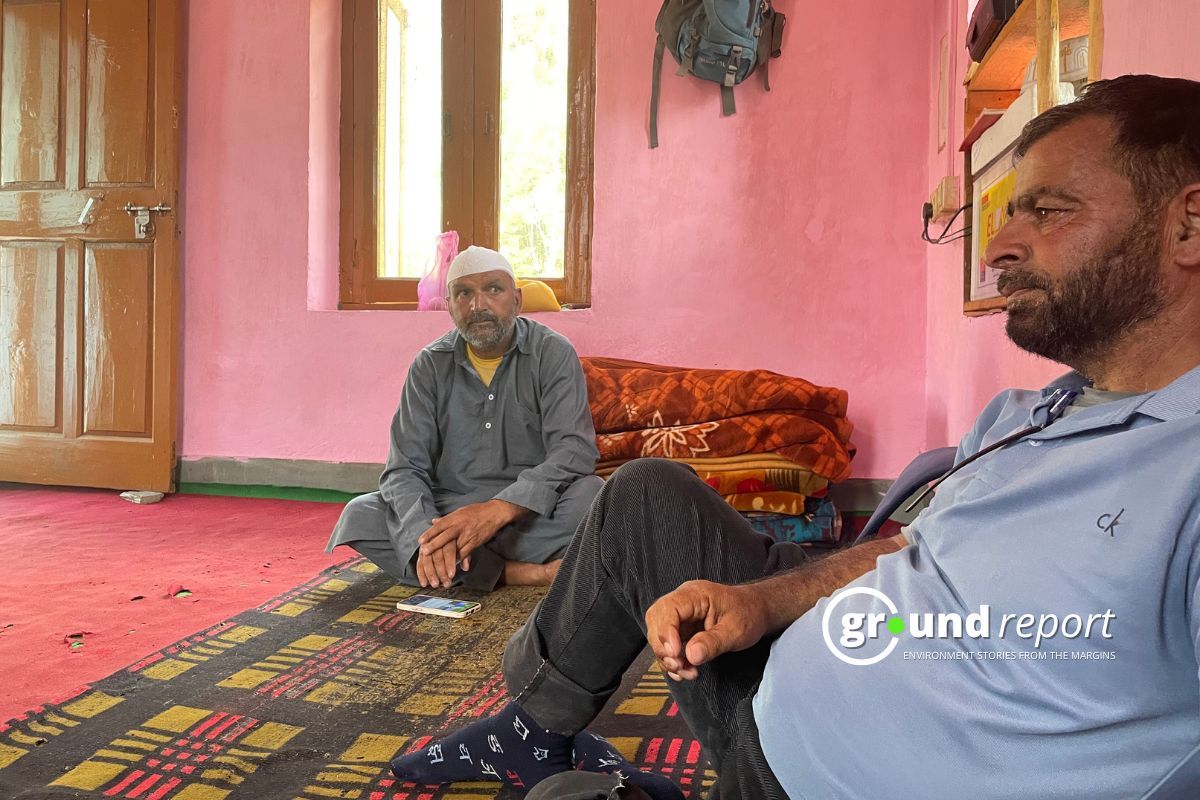
Naik emphasizes the urgency,
“We’re experiencing generation and revenue losses. We need to act promptly. At midnight, we shut down our canal to prevent more damage.”
Chowdhary Iqbal discusses plans, “We’re increasing awareness about the crop insurance scheme. The government gives 2 rupees out of 100 rupees to the farmer for insurance. If a farmer pays 50 rupees, it can protect them from significant losses.”
He acknowledges the challenges, “Sometimes, we only remember these things when disaster strikes. We’ve asked the Indian Government to extend insurance coverage to those who hadn’t enrolled before.”
However, the locals request for some immediate help. “What about our land? Our crops?” asks Abdul Rashid. “We need immediate help to survive, not promises.”
As the shock wears off, the recovery task becomes clear. It could take years for the land to regain its fertility. Local farmers already struggling with climate change and economic uncertainty, feel this disaster is a final blow. Many are considering abandoning agriculture for city or government jobs. Chowdhary Iqbal acknowledges the long-term recovery,
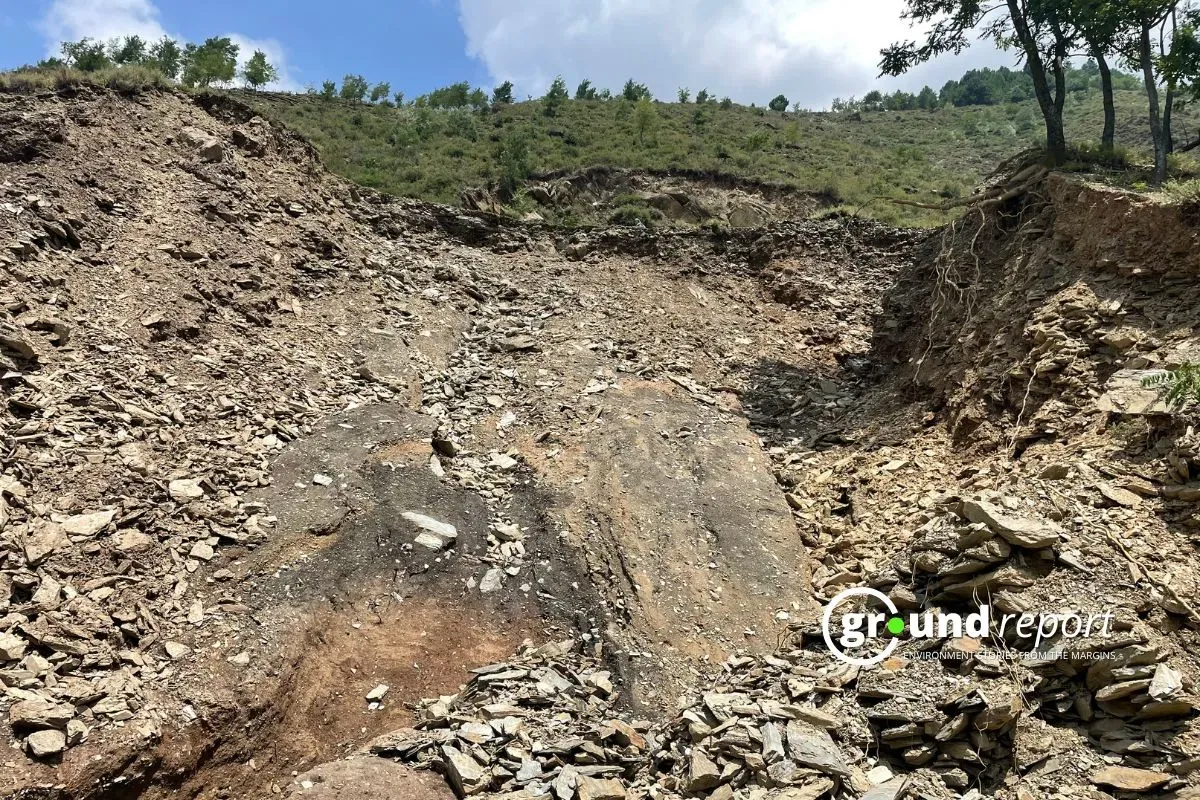
“The Kharif season is ending. I’ve instructed the Chief Agriculture Officer to prepare a cropping plan for the Rabi season and a one-year conservation agriculture plan. We have provisions for land reclamation that we’ll pursue with the government.”
Farmers urge swift government support
Magray expressed concerns about the long-term impact on agriculture, “The government needs to act swiftly and provide substantial support to help us rebuild,” he urged. He highlighted the emotional toll on the community. “People are scared. There is fear that another cloudburst might happen. We need proper management and infrastructure to protect us from such disasters in the future,” Magray said.
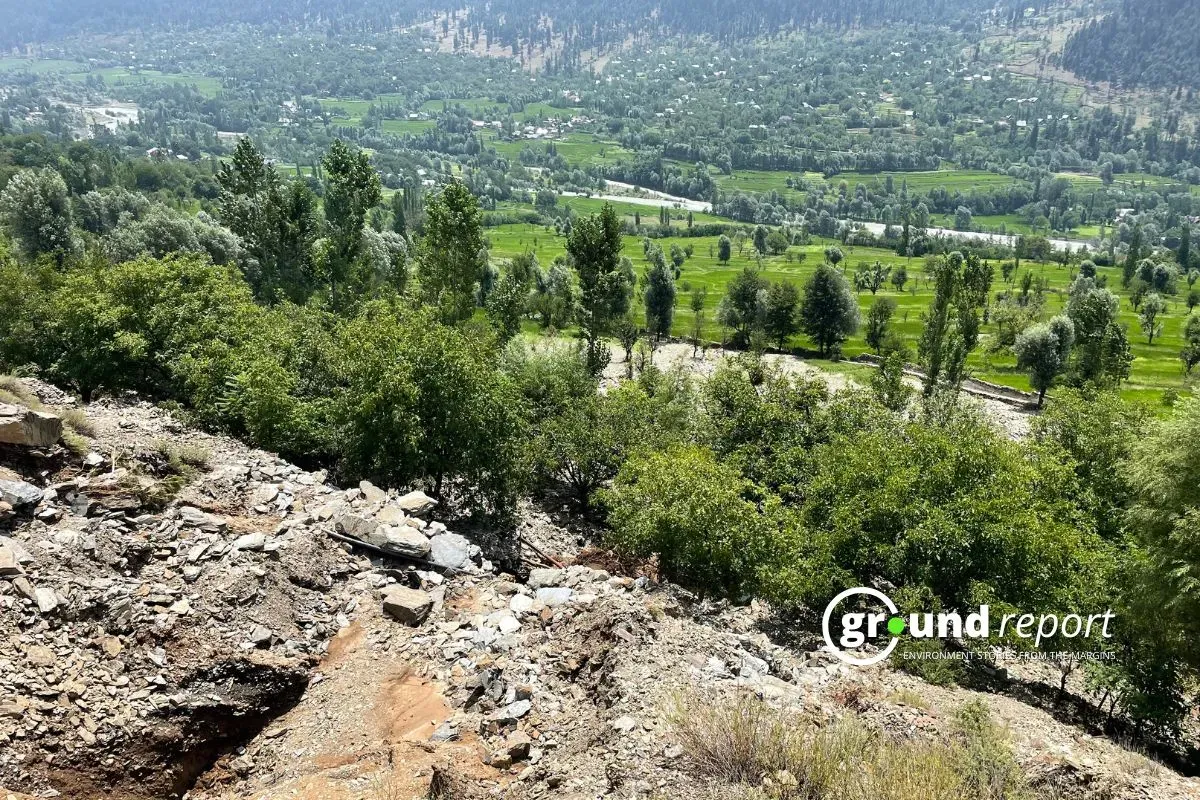
In a previous story, Ground Report highlighted the vulnerability of mountain villages to cloudbursts and landslides. And, revealed that a 2022 rehabilitation order was never fully implemented. The 2022 rehabilitation order required assessing landslide-prone areas and implementing mitigation measures such as reforestation, checking dams, and relocating vulnerable households. Bureaucratic red tape and a lack of political will prevented these measures.
As these villages recover, the August 2024 cloudburst is a reminder of human settlements’ vulnerability to natural disasters, emphasizing the need for proactive environmental management, disaster preparedness, and responsive governance.
Keep Reading
Part 1: Cloudburst in Ganderbal’s Padabal village & unfulfilled promises
1500+ landslides in 17 days: Uttarakhand’s all-weather road dream turning nightmare?
Himachal Pradesh prepares for 2024 monsoon after years of deadly rains
Deadly landslide devastates Wayanad in Kerala, death toll rises to 70
India braces for intense 2024 monsoon amid recent deadly weather trends
Support us to keep independent environmental journalism alive in India.
Follow Ground Report on X, Instagram and Facebook for environmental and underreported stories from the margins. Give us feedback on our email id greport2018@gmail.com.
Don’t forget to Subscribe to our weekly newsletter, Join our community on WhatsApp, and Follow our YouTube Channel for video stories.



